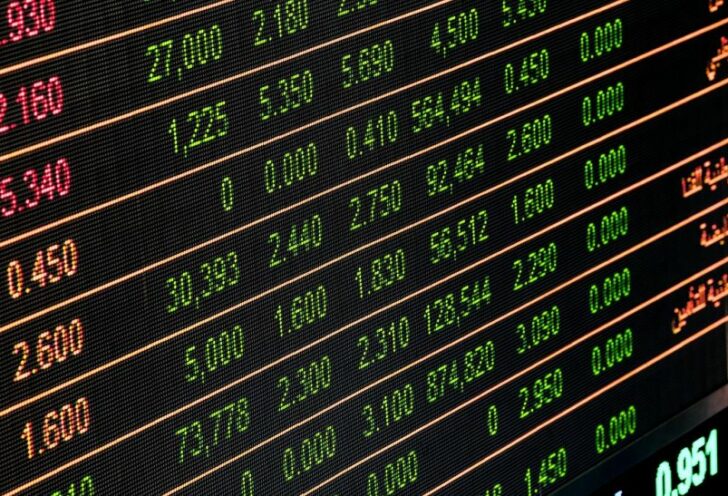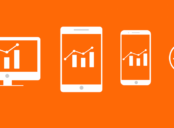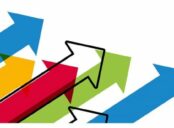Day Trading: Maximizing Financial Gains through Short-Term Investments

Introduction
Day trading is a popular investment strategy that involves buying and selling financial instruments within the same trading day. In this comprehensive article, we will provide an in-depth overview of day trading, including its definition, various types, and popularity among investors. We will explore the quantitative measurements associated with day trading, delve into the differences among different day trading strategies, and analyze the historical pros and cons of this approach. By the end of this article, readers will have a solid understanding of day trading and its potential benefits and drawbacks.
Definition and Types of Day Trading

Day trading refers to the practice of engaging in short-term trading strategies, where positions are opened and closed within the same trading day. Traders aim to take advantage of small price movements in various financial markets such as stocks, currencies, options, and futures. There are several types of day trading approaches, including scalping, momentum trading, and swing trading. Scalping involves making quick trades to capture small price differentials, while momentum trading focuses on capitalizing on strong market trends. Swing trading, on the other hand, seeks to profit from short-term price fluctuations within a larger trend.
Popular Day Trading Methods
When it comes to day trading, different strategies have gained popularity among investors. One widely utilized method is technical analysis, which involves studying price charts, patterns, and indicators to predict future price movements. Another popular approach is algorithmic trading, where computer programs execute trades based on pre-defined rules and algorithms. Additionally, some traders employ fundamental analysis, which assesses the intrinsic value of an asset based on economic, financial, and qualitative factors.
Quantitative Measurements in Day Trading
Measuring the success of day trading strategies requires a deep understanding of various quantitative indicators. One commonly used metric is the average daily trading volume, which indicates the liquidity of a particular financial instrument. Traders often assess the bid-ask spread, which represents the difference between the highest price a buyer is willing to pay and the lowest price a seller is willing to accept. Additionally, metrics such as the Sharpe ratio and maximum drawdown help evaluate the risk-adjusted returns of a trading strategy.
Distinguishing Characteristics of Day Trading Approaches
While day trading encompasses various strategies, each approach has its distinguishing characteristics. Scalping, for instance, requires rapid decision-making and the ability to execute trades swiftly. Momentum trading relies on identifying and capitalizing on short-term market trends, whereas swing trading seeks to profit from price fluctuations within a larger trend. It is crucial for traders to understand these differences and choose the approach that aligns with their trading goals and risk tolerance.
Historical Pros and Cons of Day Trading
Day trading has experienced both advantages and disadvantages throughout its history. One significant advantage is the potential for high profits due to frequent trading opportunities and leverage. Additionally, day trading provides traders with flexibility and the possibility of earning income from anywhere with an internet connection. However, day trading also carries risks, including the potential for significant financial losses, psychological stress, and the need for continuous learning and adaptation. It is crucial for individuals considering day trading to weigh these pros and cons before entering the market.
In Conclusion
Day trading offers exciting opportunities for investors seeking short-term gains in the financial markets. This article has provided a comprehensive overview of day trading, including its definition, types, popular methods, quantitative measurements, distinguishing characteristics, and historical pros and cons. By understanding these key elements, individuals can make informed decisions when embracing day trading as an investment strategy. Remember to conduct thorough research, develop a robust trading plan, and seek professional guidance if needed. Happy trading!





















